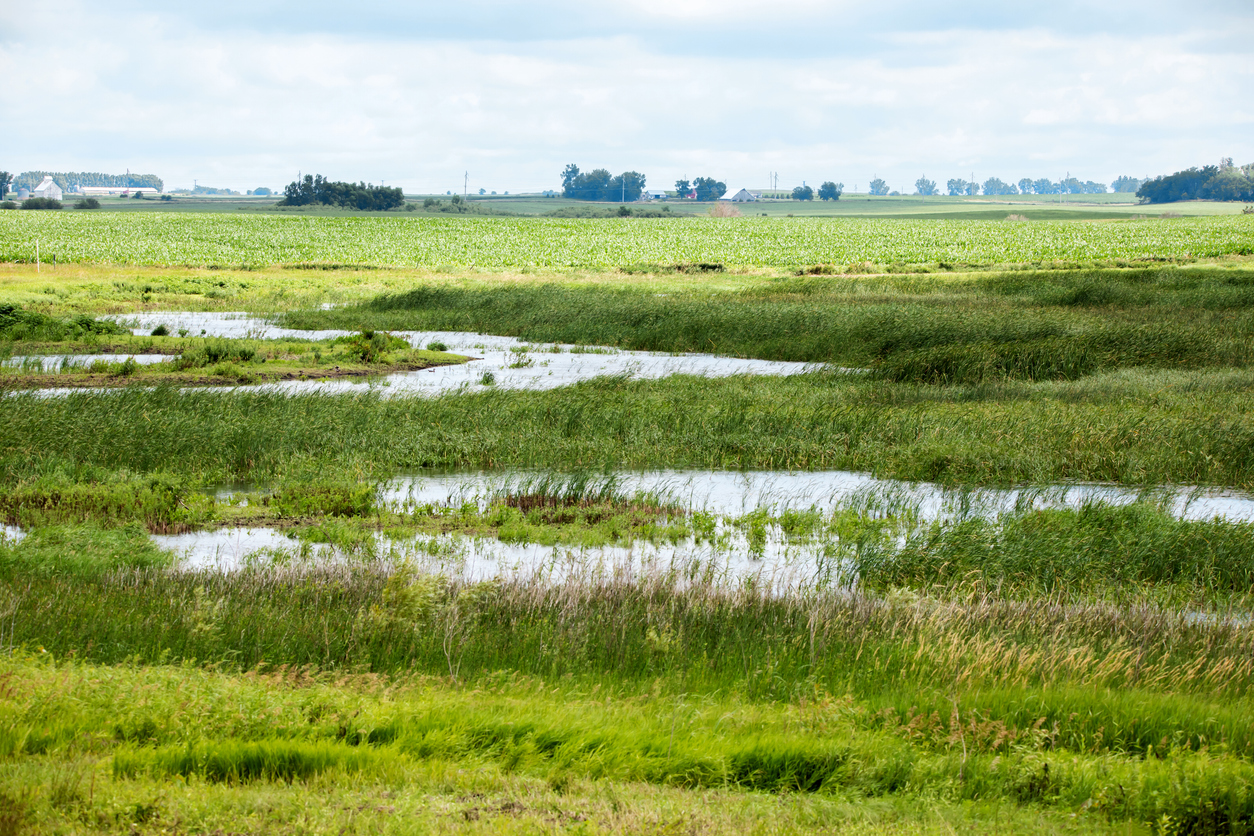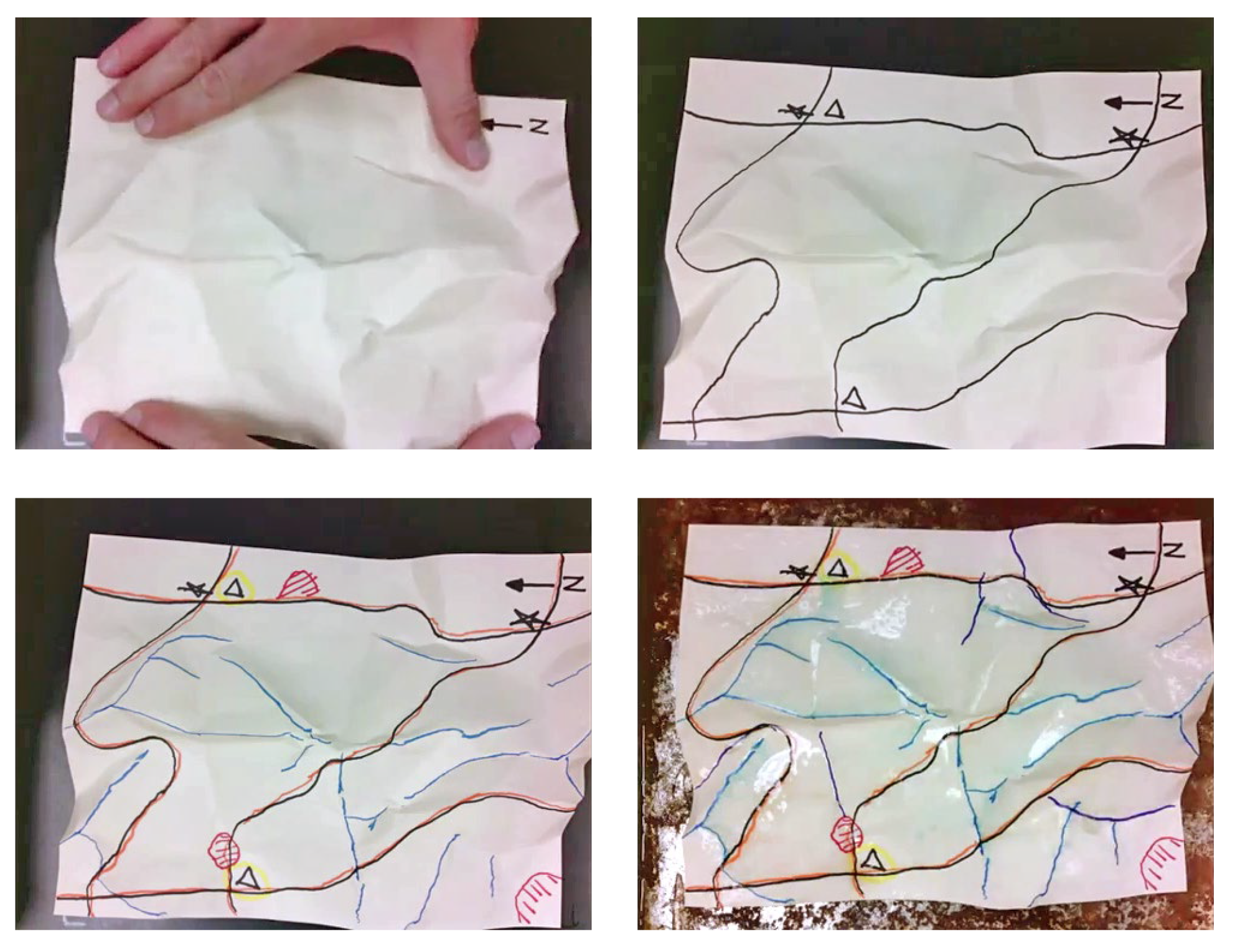 Natural and human activities have altered the landscape and quality of many ecosystems around the world, including aquatic ecosystems. There is no single measure that constitutes good water quality. Water health is defined in terms of the chemical, physical, and biological content of the water. The health of aquatic ecosystems changes with the seasons and geographic areas, even when there is no pollution present. Precipitation dissolves or entraps dust and gases in the air to reach the earth's surface and flow over and through the soil and rocks, dissolving and picking up other substances. Human activities such as mining, forestry, urbanization, and agriculture have altered the landscape and quality of aquatic ecosystems. For example, industrial activities can increase concentrations of metals and toxic chemicals, increase temperature, and lower dissolved oxygen in the water. Agriculture can increase the concentration of nutrients, pesticides, and suspended sediments. Urban living has increased the runoff of debris and increased the concentrations of nutrients, pathogens, oil products, and road salts. A healthy aquatic ecosystem is one in which the water quality supports a rich and diverse community of organisms. The interrelationships between climate change, human activities, changing watershed conditions, and water quality can quickly make the balance shift, causing a change in the composition of the ecosystem.
Natural and human activities have altered the landscape and quality of many ecosystems around the world, including aquatic ecosystems. There is no single measure that constitutes good water quality. Water health is defined in terms of the chemical, physical, and biological content of the water. The health of aquatic ecosystems changes with the seasons and geographic areas, even when there is no pollution present. Precipitation dissolves or entraps dust and gases in the air to reach the earth's surface and flow over and through the soil and rocks, dissolving and picking up other substances. Human activities such as mining, forestry, urbanization, and agriculture have altered the landscape and quality of aquatic ecosystems. For example, industrial activities can increase concentrations of metals and toxic chemicals, increase temperature, and lower dissolved oxygen in the water. Agriculture can increase the concentration of nutrients, pesticides, and suspended sediments. Urban living has increased the runoff of debris and increased the concentrations of nutrients, pathogens, oil products, and road salts. A healthy aquatic ecosystem is one in which the water quality supports a rich and diverse community of organisms. The interrelationships between climate change, human activities, changing watershed conditions, and water quality can quickly make the balance shift, causing a change in the composition of the ecosystem.
We can’t speak about water ecology without including discussions on erosion, watersheds, climate change, and human activities, such as construction and development, impermeable surfaces, and agriculture. In this set of activities, we will be examining a large watershed, the mighty Mississippi River, and human impacts to the localized regional waterways and to the Gulf of Mexico. Students will learn about watersheds, areas of land that funnel drainage water into a water system such as a river, stream, lake, or ocean, and the watershed boundaries that divide them. Water flow is governed by gravity, not directionality, therefore all water runs downhill. Runoff commonly refers to the drainage of water from a land surface, be that a yard, a parking lot, roads, a farm field, feedlot, or other surface. When water runs off of a land surface, many materials may be picked up and moved with the water. This action is called erosion. Erosion might be due to water, or wind or glaciers. Water erosion can be of many types depending on the quantity of water running off and the elevation.
The water cycle incorporates surface water, groundwater, and water in the atmosphere. Surface water is what we see in lakes, rivers, streams, and the ocean. Groundwater is stored in aquifers that provide underground water for drinking and it may feed surface water sources. Precipitation recharges aquifers. The hydrologic cycle is constantly recycling water through the processes of precipitation, evaporation, and condensation.
Water flow is governed by gravity, not directionality, therefore all water runs downhill. Runoff commonly refers to the drainage of water from a land surface, be that a yard, a parking lot, roads, a farm field, feedlot, or other surface. When water runs off of a land surface, many materials may be picked up and moved with the water. This action is called erosion. Erosion
might be due to water, or wind or glaciers. Water erosion can be of many types depending on the quantity of water running off and the elevation.
The water cycle incorporates surface water, groundwater, and water in the atmosphere. Surface water is what we see in lakes, rivers, streams, and the ocean. Groundwater is stored in aquifers that provide underground water for drinking and it may feed surface water sources. Precipitation recharges aquifers. The hydrologic cycle is constantly recycling water through the processes of precipitation, evaporation, and condensation.
Many practices can help prevent erosion. Keeping the ground planted with plants, trees, or shrubs will allow roots to hold soil in place. Avoiding tillage or plowing the ground before planting or after harvest will allow the soil to retain its structure and increase percolation of water into the ground. Strip cropping and controlled grazing will also help. Students may do additional research to determine these practices and spend additional time to employ one or more of the strategies to hold their soil in place.

 Natural and human activities have altered the landscape and quality of many ecosystems around the world, including aquatic ecosystems. There is no single measure that constitutes good water quality. Water health is defined in terms of the chemical, physical, and biological content of the water. The health of aquatic ecosystems changes with the seasons and geographic areas, even when there is no pollution present. Precipitation dissolves or entraps dust and gases in the air to reach the earth's surface and flow over and through the soil and rocks, dissolving and picking up other substances. Human activities such as mining, forestry, urbanization, and agriculture have altered the landscape and quality of aquatic ecosystems. For example, industrial activities can increase concentrations of metals and toxic chemicals, increase temperature, and lower dissolved oxygen in the water. Agriculture can increase the concentration of nutrients, pesticides, and suspended sediments. Urban living has increased the runoff of debris and increased the concentrations of nutrients, pathogens, oil products, and road salts. A healthy aquatic ecosystem is one in which the water quality supports a rich and diverse community of organisms. The interrelationships between climate change, human activities, changing watershed conditions, and water quality can quickly make the balance shift, causing a change in the composition of the ecosystem.
Natural and human activities have altered the landscape and quality of many ecosystems around the world, including aquatic ecosystems. There is no single measure that constitutes good water quality. Water health is defined in terms of the chemical, physical, and biological content of the water. The health of aquatic ecosystems changes with the seasons and geographic areas, even when there is no pollution present. Precipitation dissolves or entraps dust and gases in the air to reach the earth's surface and flow over and through the soil and rocks, dissolving and picking up other substances. Human activities such as mining, forestry, urbanization, and agriculture have altered the landscape and quality of aquatic ecosystems. For example, industrial activities can increase concentrations of metals and toxic chemicals, increase temperature, and lower dissolved oxygen in the water. Agriculture can increase the concentration of nutrients, pesticides, and suspended sediments. Urban living has increased the runoff of debris and increased the concentrations of nutrients, pathogens, oil products, and road salts. A healthy aquatic ecosystem is one in which the water quality supports a rich and diverse community of organisms. The interrelationships between climate change, human activities, changing watershed conditions, and water quality can quickly make the balance shift, causing a change in the composition of the ecosystem.